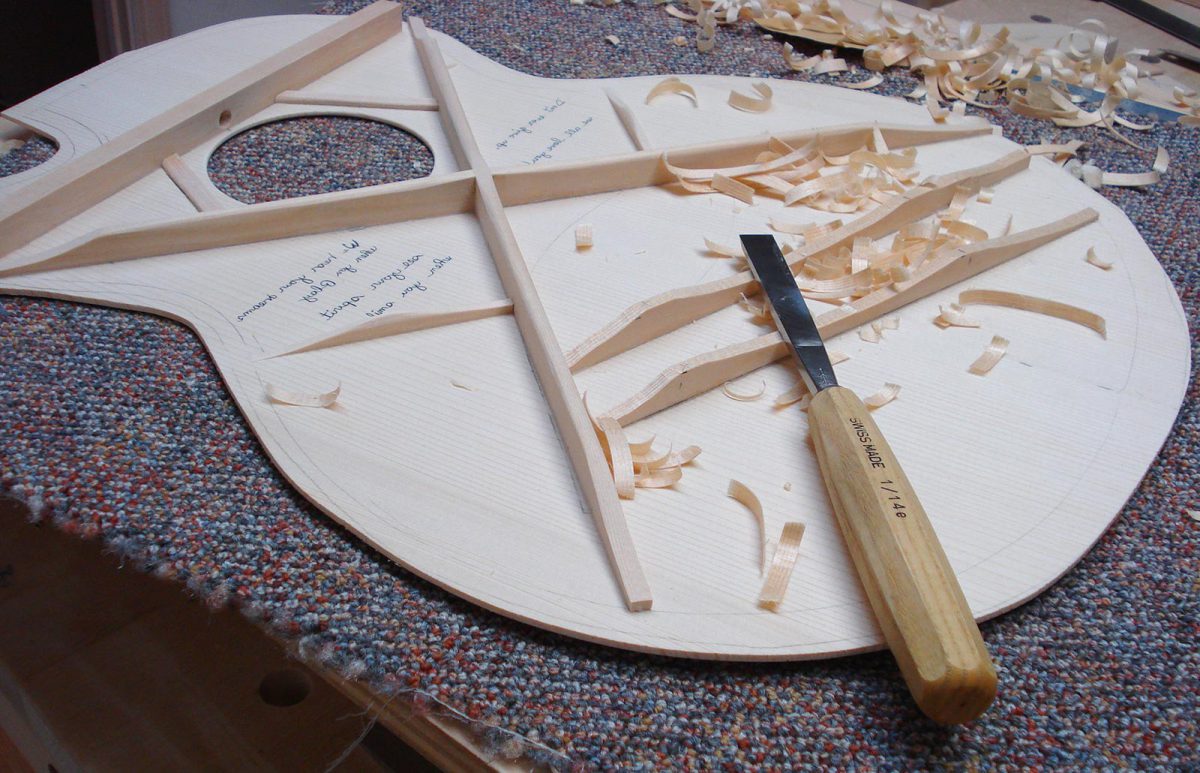Design Tools for Today’s Web
The web has always been fast-moving, and our tools need to keep up—but as we know, that doesn’t always happen. Sketch is a tool built for the modern web, and it’s changed my workflow dramatically.

And here’s the megafeed of everything I’ve been doing.
The web has always been fast-moving, and our tools need to keep up—but as we know, that doesn’t always happen. Sketch is a tool built for the modern web, and it’s changed my workflow dramatically.
Choosing the right tool for the job sometimes means bringing along a whole toolbox. I’ll show how a complex back-end system was built with Craft, Laravel, Redis, and more, all working in harmony.
There comes a time when you’ll need to show code outside of a text editor. I explored a few tools to take syntax-highlighted code from the editor to your slides and documents.
There are some simple JavaScript design patterns that developers of any level can start using to improve their code. These aren’t process-altering changes—just minor tweaks that make code more reusable, extensible, and understandable.
The internet is still growing to new markets with low bandwidth and less-than-ideal reliability. Have you tested what you build under those circumstances?
I thought eye strain didn't affect me, but then I started getting sharp headaches at the end of ever day. Ever since then, f.lux has been my hero.
Getty Images recently announced a new way to use their images on the web. I took a long look into the good and bad implications of Getty’s decision.

The way that Chris Hadfield views his training for a mission to the International Space Station can teach us a lot about how to learn, no matter what we do.
Sometimes, you’re better off writing plain old JavaScript. You Might Not Need jQuery matches up jQuery code to its vanilla JavaScript counterpart to help decide if jQuery is really needed.
I’m excited to say that, once again, I’ve been nominated for Young Developer of the Year in the Net Awards!

Trade places with another developer for just a few minutes. A fun little experiment that Mark Huot and I tried.
Sass 3.3 is just around the corner, and it’s packed with exciting new features and tools.
As part of the Happy Cog Way series, I created a 48-minute course on all things Sass. This beginner-level course goes from installation to implementation of Sass.
The Web is indistinguishable from its early days, yet the underlying language is nearly the same. Until now.
Alone in a dark room in the middle of the night, monitoring a small army of servers. Development in high-pressure situations is a different beast.

It’s ok to resize your browser when you get to a new site. It’s your craft. You’re supposed to do that. I promise.
In my second year working on this project, I led the back-end development of a Rube Goldberg-esque system. Combining Laravel, Craft, Redis, and more, we built a system capable of handling 97,597,768 votes over the course of a 30-day voting period.
The module pattern can help create reusable, maintainable JavaScript, setting projects up for future success.
As responsive designers, we’ve been preoccupied with screen width, but that’s only half the equation. Become truly responsive with vertical media queries.